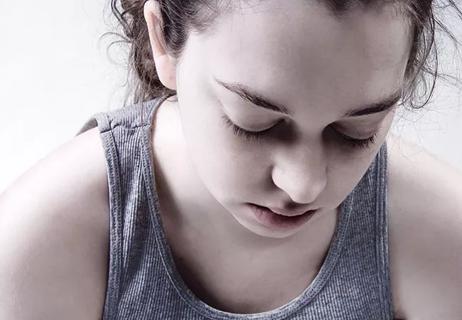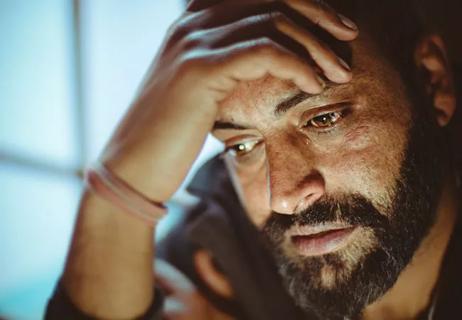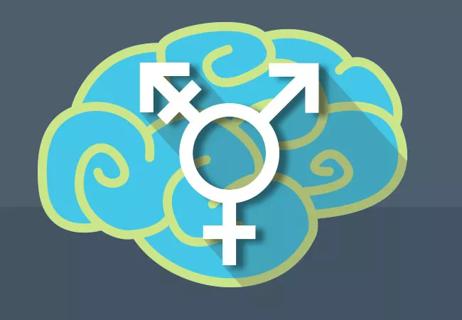Advertisement
Virtual care, shared appointments and a team-based approach help expand access
The COVID-19 pandemic put unprecedented strains on adolescents, with rates of behavioral disturbances, mood and anxiety disorders, suicide attempts, suicidal thinking and eating disorders all skyrocketing.
Advertisement
Cleveland Clinic is a non-profit academic medical center. Advertising on our site helps support our mission. We do not endorse non-Cleveland Clinic products or services. Policy
“Every year since 2008 we have seen an increase in utilization of mental health services among teens,” says Joseph Austerman, DO, Section Head of Child and Adolescent Psychiatry at Cleveland Clinic. “What’s more concerning is that we’ve seen an even more significant increase among children under the age of 13. These trends persisted until the start of the COVID-19 pandemic, after which the slow trickle has become a tidal wave for us in the mental healthcare world.”
The most recent episode of Cleveland Clinic’s Neuro Pathways podcast examines how to better serve the population of adolescents in need of psychiatric care. Dr. Austerman discusses:
Click the podcast player above to listen to the 27-minute episode now, or read on for a short edited excerpt. Check out more Neuro Pathways episodes at clevelandclinic.org/neuropodcast or wherever you get your podcasts.
This activity has been approved for AMA PRA Category 1 Credit™. After listening to the podcast, you can claim your credit here.
Podcast host Glen Stevens, DO, PhD: Do you have additional thoughts on how care will continue to evolve for this growing population? Are there any new models out there?
Advertisement
Dr. Austerman: Here at Cleveland Clinic, we are developing a new model of psychiatric care for kids. It is focused on taking kids in crisis and moving them to a place of stabilization in a teams-based approach.
Again, we want to get to these kids as quickly as possible. Sometimes we can’t. And so we have our school-based preventive model and our general longitudinal clinics, and it’s also about developing disease-specific programs. This is all based on what we saw the data driving. We looked back and asked, “What are kids coming to us for?” We determined that anxiety and depression are the two main drivers, so we developed specific programs to help get kids with these conditions from a place of crisis to stabilization within six months. These programs involve working with our primary care team to take that care on so we can continue to get these kids in quickly. The quicker we can get them in, the sooner we can stabilize them and get them back to their local team.
Developing multidisciplinary programs around these kids focused on stabilization actually gets them better quicker. And we have a lower need for ongoing care in the future. That is really where we are revising our model and using the larger team of professionals along with social media and app-based programs and technology and virtual care.
It is really the leveraging of all these services, packaged into specific programs, that is likely to drive care in the future and get more kids seen quickly.
Advertisement
Advertisement

Depression, substance abuse and more may emerge in adulthood

How to care for teens struggling with sexual or gender identity

Dr. Amit Anand shares his journey from a 1990s discovery to an ongoing randomized trial

Transgender patients’ brains resemble those of their identified gender, not biological gender

Multidisciplinary program helps budding clinicians explore the human dimensions of patient care and medical research

Program empowers Black stylists to provide emotional first aid

Positive emotions, low impulsivity appear to safeguard against weight gain, other comorbidities

Consultation service provides comprehensive care to patients with anxiety, PTSD, schizophrenia, and other high-risk disorders